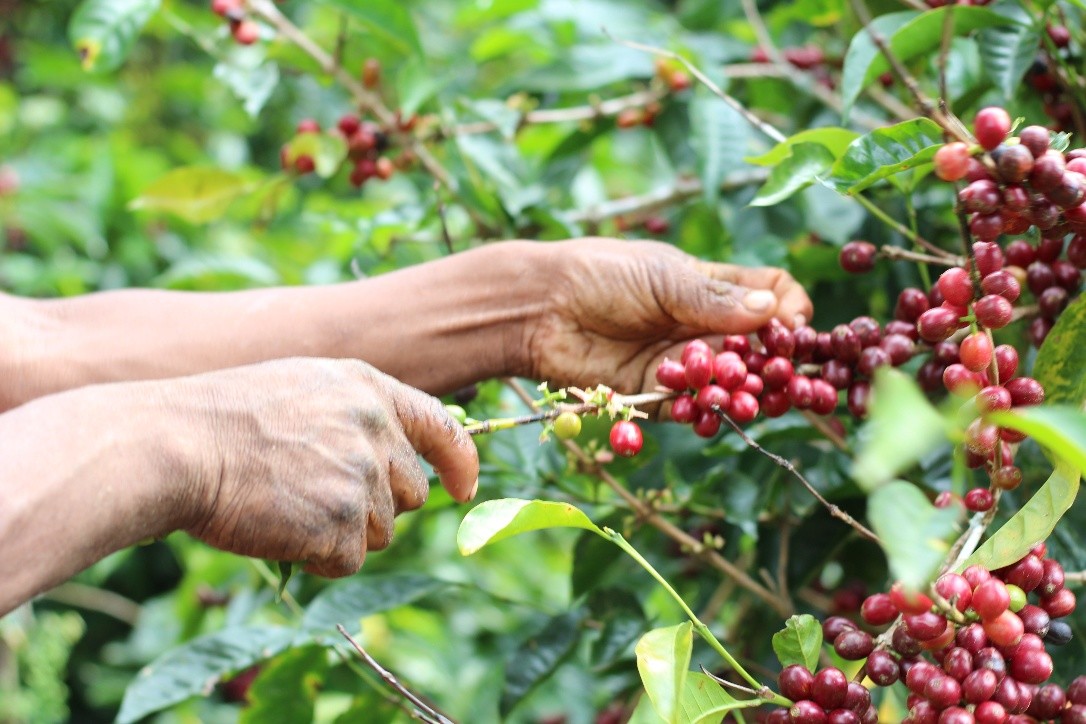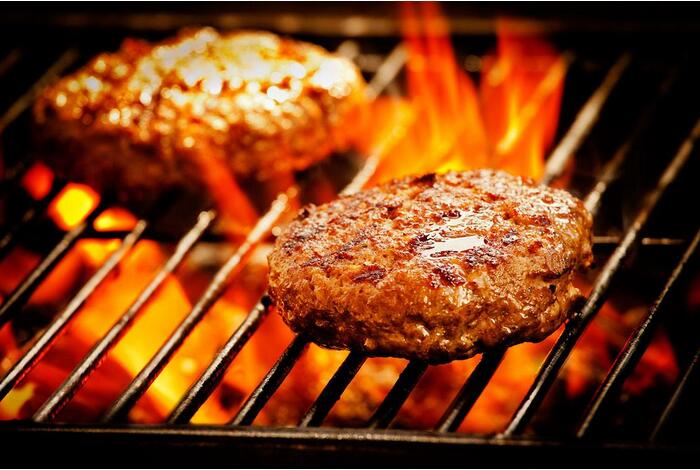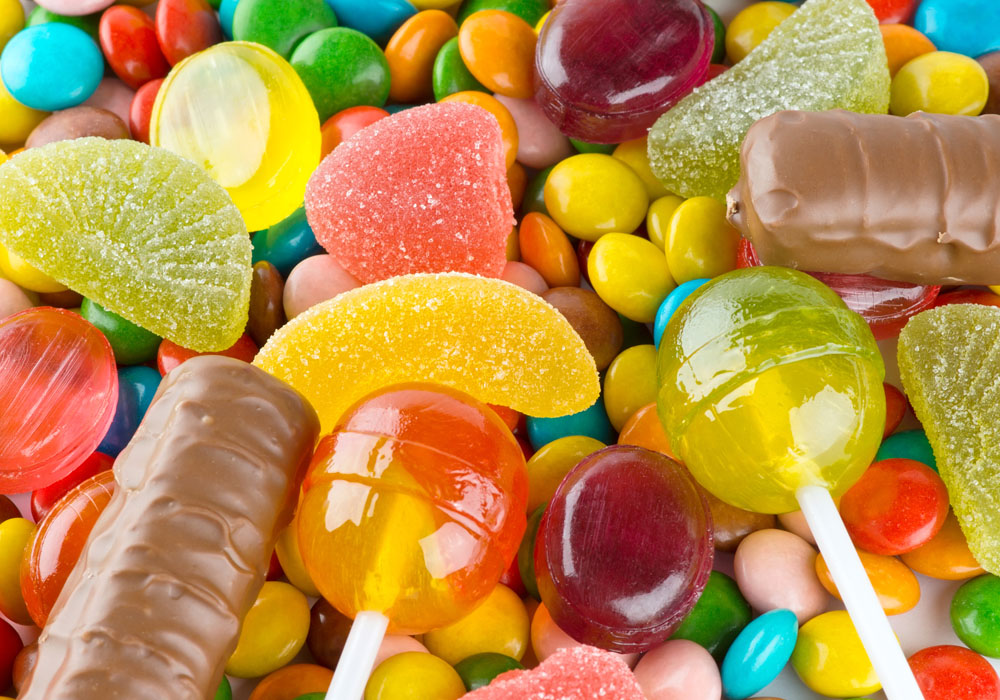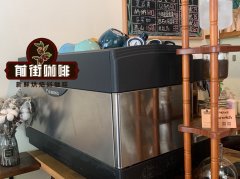Where does the sweetness in coffee come from? How to describe the sweetness in coffee beans? What is Maillard's reaction?
Mild, refreshing sweetness is the hallmark of ripe, roasted and brewed coffee. It shows that coffee is taken care of at every stage of the journey. That's what we're after.
I know you may think coffee is bitter rather than sweet. I understand that many of us grew up in dark, bitter coffee and thought that was what it meant. But there's more coffee. More including sweet elements.
Anyone can taste the sweetness of coffee, but it is a skill that takes a little time to develop. To learn to taste sweetness, all you need is some high-quality coffee and a growth-oriented mindset.
Today we mainly look at the sweetness in the flavor of coffee. To understand the sweetness of coffee, let's look at its source.
How do we get sweetness in coffee:

Sweetness begins on the farm and before harvest. When the coffee cherry is ripe, it tastes sweet, fragrant and crisp. This flavor quality is also suitable for cherry (coffee beans) seeds. This is part of why it is so important that pickers are well trained and paid-only ripe cherries can produce sweet and balanced coffee.
Processing methods can also affect the sweetness of coffee. Naturally processed coffee allows the coffee fruit to ferment slightly before the fruity mucus is completely washed away. This increases the sweetness and complexity of coffee, but there is a risk because it is prone to overfermentation. Washed coffee usually has a more refined flavor and mild sweetness.
The natural sugars, amino acids, alcohols and diols of coffee are transformed during roasting, which is called Maillard reaction. This series of chemical changes produce most of the sweetness and rich flavor that we can taste in coffee.

Maillard's reaction is everywhere. When you fry onions, brown chicken breast, or finish steak in a hot pan, you are making amino acids and sugars form some new delicious compounds.
It is well known that lighter roasted coffee has a sweet taste of fruit or flowers. Deep-roasted coffee usually has a deeper, sweeter taste. We'll talk later.
The extraction stage is the last moment of sweetness development. When freshly roasted and ground coffee is brewed in balance, the sugar coexists in harmony with all other flavors and wraps the whole experience together.
During the journey of coffee, there are many opportunities for sweetness to be destroyed-it is one of the most exquisite flavor elements. That's why sweet coffee is the most precious and popular in the world.
How to describe the sweetness of coffee
What do you think of when you hear the word "sweet"? Sugar, probably.

Sugar is right, but we can go deeper. The taste of raw sugar is slightly different from that of granulated sugar. Stevia leaves are not sweet at all, but they are very sweet. And then honey.
Naturally processed Ethiopian caffeine is highly respected for its bright fruit sweetness. Some Central American coffee has a crisp floral sweetness, while others have a strong caramel flavor. Sometimes sweetness is as smooth as honey. Other times it is as dark and dark as chocolate.
Every once in a while, the coffee is so sweet that it tastes like you put a few grains of sugar on your tongue. This coffee is one of the best in the world, but it is very rare. When they are so sweet, they usually have a juicy taste.
Sweetness may be different from the flavor of coffee ("caramel sweetness"), but it usually matches with the surrounding flavor to form a closer sensory experience ("strawberry sweetness"). Both tasting methods are correct, because tasting is mainly an explanatory problem.
Important Notice :
前街咖啡 FrontStreet Coffee has moved to new addredd:
FrontStreet Coffee Address: 315,Donghua East Road,GuangZhou
Tel:020 38364473
- Prev

Manual coffee grinder brand recommends the advantages and disadvantages of the latest top manual coffee grinder
Good choice! Economical manual grinder can also produce consistent grinding effect, allowing you to drink a perfect cup of coffee. Here are nine types of manual grinders: the first choice is the 1ZpressQ mini manual grinder, which is the best handheld coffee grinder that can brew during the journey without affecting the wind.
- Next

What is the best temperature for brewing coffee? Different types of coffee extraction time different coffee temperature
Safety first! Of course, whenever you deal with hot drinks and hot drinks, take all necessary precautions for everyone, from the person who prepares the coffee to the person who serves the food to the person who drinks the coffee. Your coffee maker should keep the water temperature between 195 and 205 degrees Fahrenheit (90.5-96.1 degrees Celsius) for the best extraction results. Colder water can cause coffee to be flat and unextractable.
Related
- Detailed explanation of Jadeite planting Land in Panamanian Jadeite Manor introduction to the grading system of Jadeite competitive bidding, Red bid, Green bid and Rose Summer
- Story of Coffee planting in Brenka region of Costa Rica Stonehenge Manor anaerobic heavy honey treatment of flavor mouth
- What's on the barrel of Blue Mountain Coffee beans?
- Can American coffee also pull flowers? How to use hot American style to pull out a good-looking pattern?
- Can you make a cold extract with coffee beans? What is the right proportion for cold-extracted coffee formula?
- Indonesian PWN Gold Mandrine Coffee Origin Features Flavor How to Chong? Mandolin coffee is American.
- A brief introduction to the flavor characteristics of Brazilian yellow bourbon coffee beans
- What is the effect of different water quality on the flavor of cold-extracted coffee? What kind of water is best for brewing coffee?
- Why do you think of Rose Summer whenever you mention Panamanian coffee?
- Introduction to the characteristics of authentic blue mountain coffee bean producing areas? What is the CIB Coffee Authority in Jamaica?

